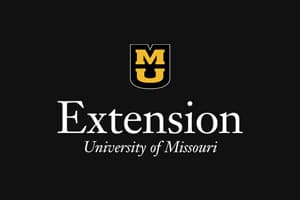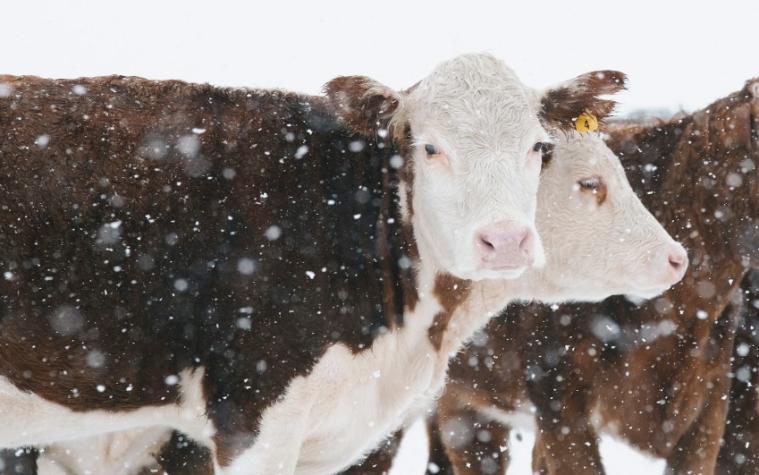
Cattle, hay management headline beef cattle producers meeting Dec. 15 in Lowry City
Forage is the main part of the diet for cow-calf producers, so economics related to acquiring that forage is important to an operation’s bottom line. MU Extension, with the help of Wheeler Livestock Auction, is providing a workshop to discuss these topics 6 p.m. Monday, Dec. 15, in Lowry City.

New forage budgets help Missouri farmers plan for 2026
Updated 2026 forage-budget tools help Missouri producers estimate costs, yields and break-even prices for alfalfa, corn silage and native warm-season grasses.

Register for the Missouri Crop Management Conference
Registration is open for the state’s premier agricultural conference for farmers and ag industry professionals, the Missouri Crop Management Conference, Dec. 9-10 in Columbia.
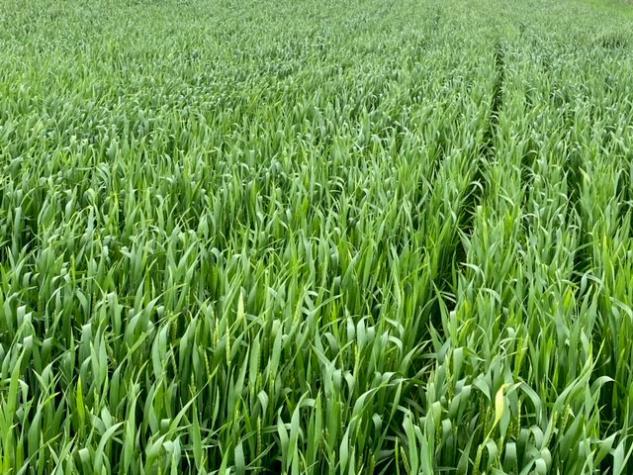
Fall is prime time to establish cool-season forages
Fall offers the best opportunity to establish or renovate cool-season forages like tall fescue, orchardgrass and winter annuals such as brassicas, oats, wheat, rye and triticale. With strong cattle prices and improved cash flow, now is a smart time to invest in your forage base.

10 reasons you should quit making hay
High equipment costs, time constraints, and soil degradation make hay production less profitable. Explore alternatives like grazing and stockpiling forage.

Making hay to reduce ergot infestation
Learn how to manage ergot infestations in pastures to protect livestock health. Tips on mowing, haymaking, and recognizing symptoms of ergot poisoning.
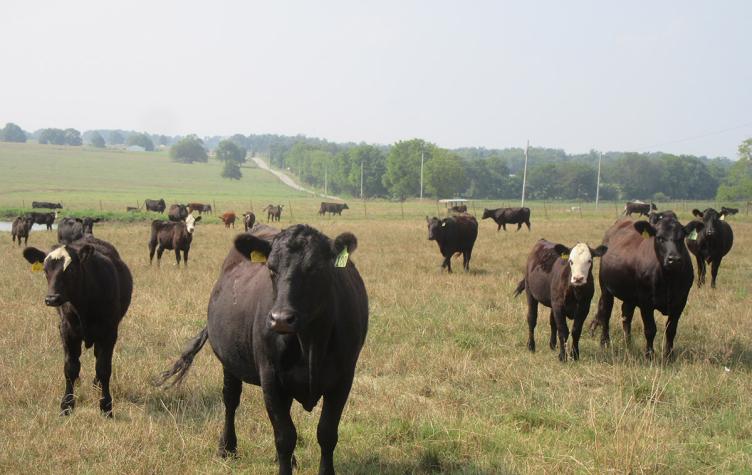
Tall fescue adds to heat stress in cattle
Cattle rid their bodies of heat in three ways: radiation, convection and evaporation. “If your cattle can’t use all three methods, they’ll overheat fast,” says University of Missouri Extension state beef nutrition specialist Eric Bailey. Summer heat knocks weight off calves and pounds off milk, Bailey says. “Heat stress costs real money.”

Mow or spot spray poison hemlock now
Poison hemlock, a plant that can kill livestock, is flowering and setting seed now in much of Missouri. While early control is recommended, it still can be managed with spot treatments or mowing, says Kevin Bradley, University of Missouri Extension weed scientist. It grows in ditches, roadways, fencerows, occasionally in pastures or hayfields that aren’t mowed regularly, and sometimes in no-till cropping systems.

Use a grazing strategy to get more grass from pastures
Compared to other parts of the agricultural community, graziers of cattle depend less on fossil fuel and more on solar energy to turn a natural resource like grass into a sellable commodity, says University of Missouri Extension agronomist Tim Schnakenberg. Graziers can save on operating expenses and provide quality feed to meet nutritional needs by allowing cows to do selective harvesting.
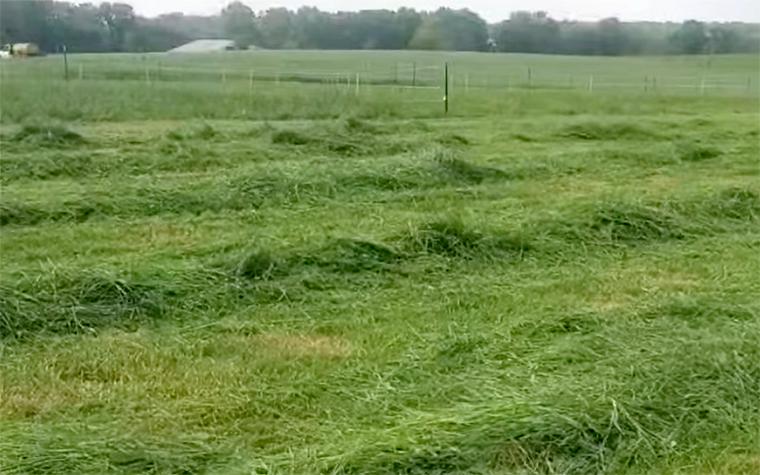
Three days to hay with a minor change
LINNEUS, Mo. – May’s precipitation has made haymaking challenging when rain is frequent and sometimes unpredictable, but University of Missouri Extension state forage specialist Carson Roberts has a tip to help hay dry down quicker. Roberts turns the knob to set the swath boards on the swather to the widest setting.

Make hay in May for best quality, yield
Cutting hay in May boosts quality and yield. Harvest before seed develops and store properly to preserve nutrients and minimize losses.
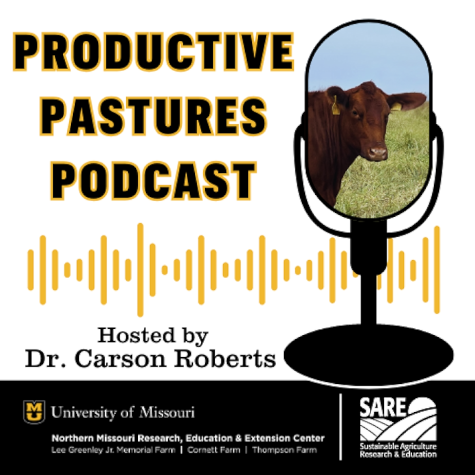
MU forage specialist begins new podcast
A forage specialist launches a podcast sharing tips on pasture management, livestock production, and improving forage systems.
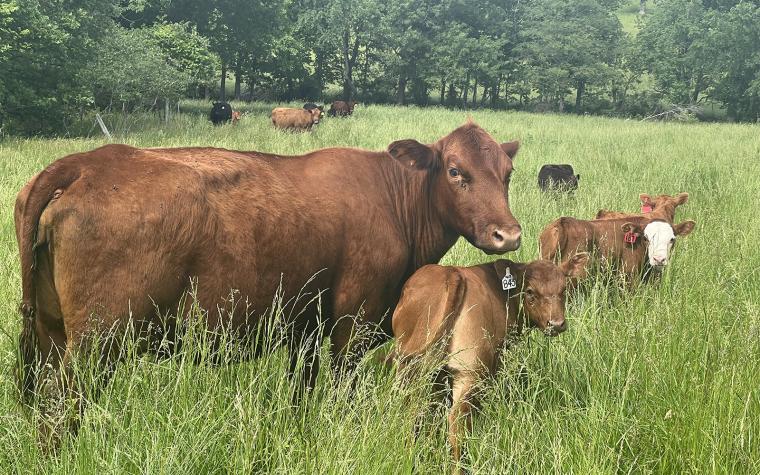
Plan for drought by choosing the right forage plan
Choose drought-resilient forages and legumes to maintain productive pastures and reduce feed costs during dry summers.

Early control needed for poison hemlock
Control poison hemlock early using herbicides or mowing to protect livestock from its toxic effects.
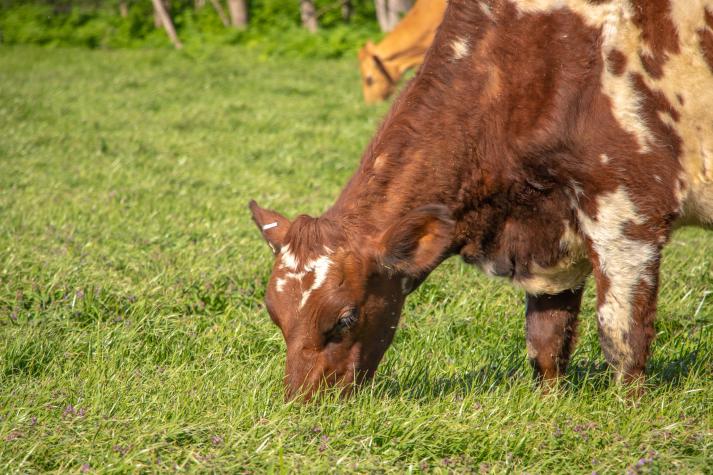
Use sacrifice pastures now to spare best pastures for later
STOCKTON, Mo. – “Cattle producers welcome the rain, but it leads to muddy pastures and proper management is needed for optimum grazing the rest of the year,” says Patrick Davis, University of Missouri Extension livestock field specialist. Davis feels sacrifice pastures may be needed to help in promoting forage production for the rest of the grazing season.

Add magnesium to prevent grass tetany in cattle
STOCKTON, Mo. – “As spring and lush grass growth arrives cattle producers need to plan for prevention of grass tetany,” says Patrick Davis, University of Missouri Extension livestock field specialist. Grass tetany arises from a cattle mineral imbalance, so Davis suggests cattle producers use management strategies discussed below to reduce the incidence in their cattle operations.
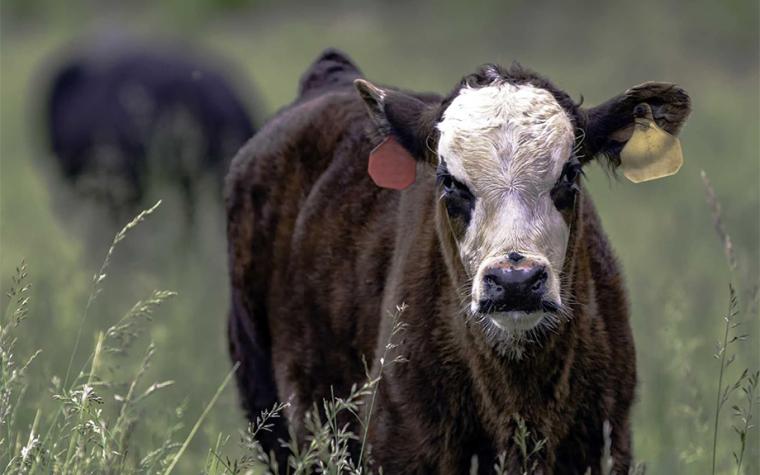
Understanding grass tetany in beef cows
COLUMBIA, Mo. – If you’ve ever seen a cow suddenly collapse in early spring, seemingly out of nowhere, you might have witnessed a case of grass tetany, says University of Missouri Extension state beef nutritionist Eric Bailey.
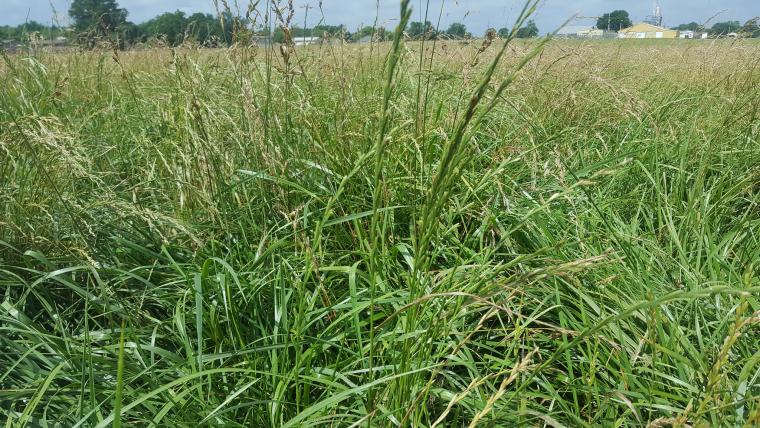
Timing, flexibility key to grazing tall fescue spring flush
COLUMBIA, Mo. – Proper management of the spring flush of tall fescue gives pastures and cattle a head start for the rest of the grazing season, says University of Missouri Extension state forage specialist Harley Naumann.
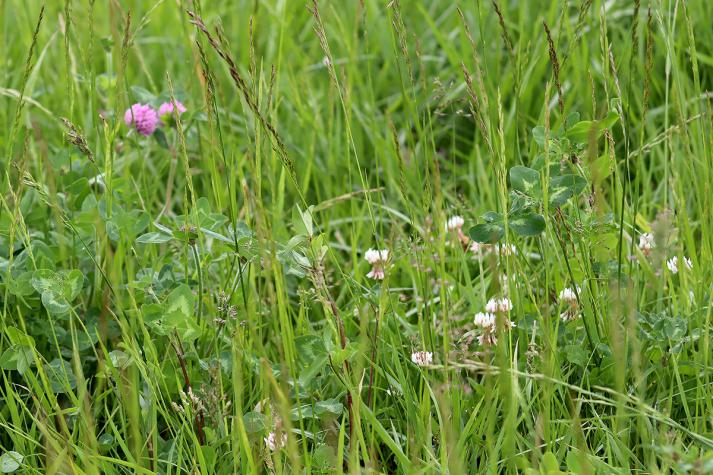
Frost seeding legumes improves pastures several ways
Frost seeding legumes boosts pasture quality, yield, and soil health by adding diversity early in the growing season.

Applying nitrogen to forages now is high risk, low reward
Delayed nitrogen for cool-season forages now has little chance to boost fall growth and risks nitrate buildup or fertilizer loss under dry conditions.

MU Extension recruiting farmers for grassland improvement project
Recruiting farmers to adopt grassland management practices for improved forage productivity and environmental benefits with specialist support.
What to feed when there's nothing to feed
Tips for feeding cattle during low hay supplies, including alternative feeds and strategies to reduce costs and maintain herd health.
MU, MDA give online listings of hay for sale
Find hay for sale in Missouri with this searchable online directory from the Missouri Department of Agriculture.
Cornstalks can fill forage gaps during drought
Grazing cornstalks can help fill cattle feed gaps during drought, but supplementation and careful management are needed.
Native warm-season grasses help feed livestock through drought
Discover how native warm-season grasses can sustain forage for livestock during drought by offering heat-tolerant feed when cool-season grasses decline.
